
How to Install Quarter Round Moulding (shoe moulding)
In This Article Quarter-Round Trim vs. Shoe Molding Types Pre-Finishing Instructions Project Overview Total Time: 1 hr Yield: 60 linear feet Skill Level: Intermediate Estimated Cost: $50 to $100 Shoe molding or base shoe molding is a decorative finishing touch for baseboards.

How to Install Quarter Round Moulding (shoe moulding)
Shoe Molding Vs. Quarter Round Shoe molding and quarter-round molding give architectural "curve appeal" to interior spaces. Instead of leaving abrupt transitions between countertops and surfaces adjoining them or between floors, baseboards and walls, shoe and quarter-round molding make for a smooth and professional-looking transition.

Shoe Molding VS Quarter Round Difference? The Morris Mansion
As the name implies, quarter-round molding is one-quarter of a round dowel, so it features a prominent curve. It works great to fill corners or soften any 90° joint between trim and moldings. Quarter-round comes in many different sizes, making it more versatile for a range of applications, and has a width of ¾ inches. Quarter-round pieces are.
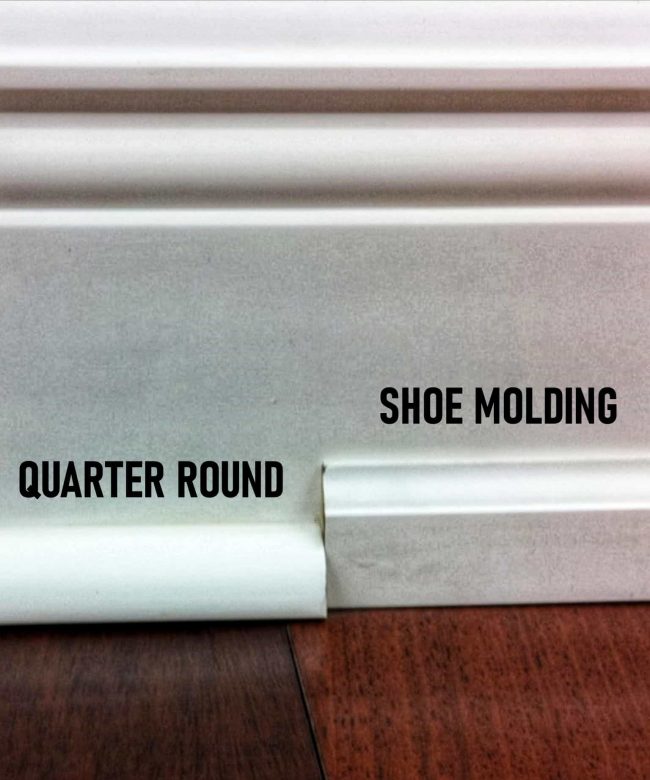
Shoe Molding VS Quarter Round 7 Things to Know Rhythm of the Home
The differences between quarter round and shoe molding include the size, shape, and primary function. Quarter round is typically used to conceal a gap between the floor and the wall.
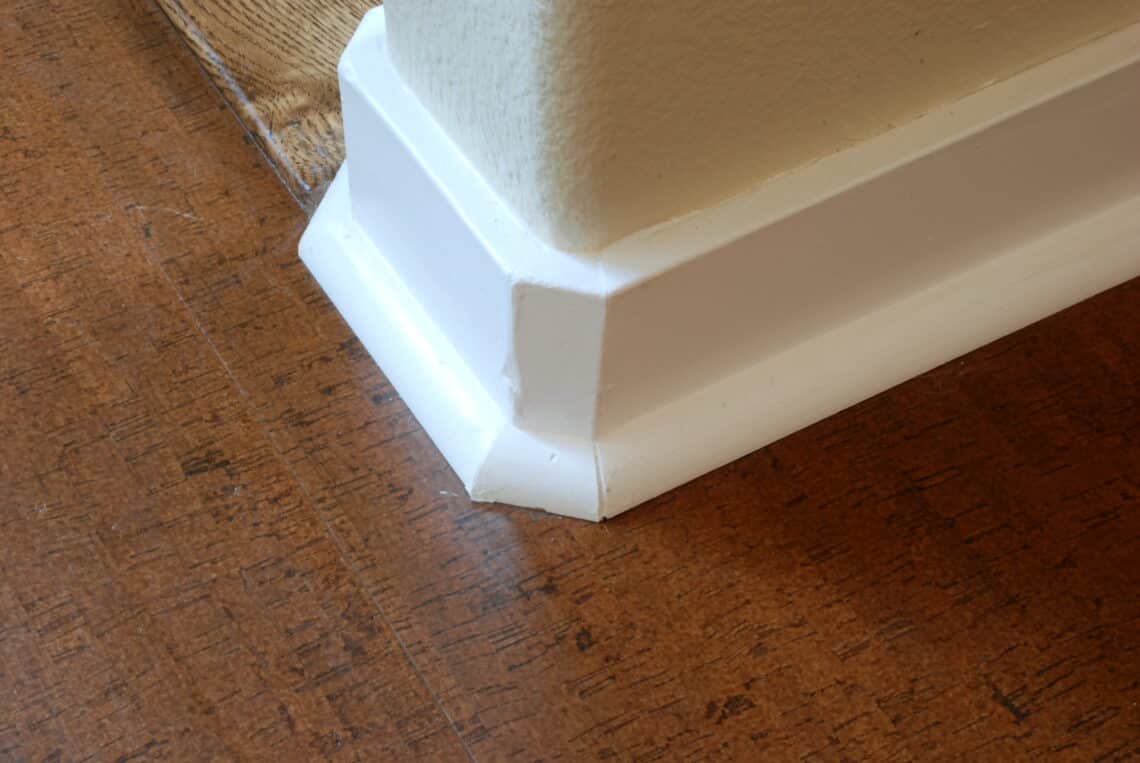
Quarter Round Vs. Shoe Molding [A Clear Winner?]
Here's specifics: Shape: Shoe molding is typically thinner and has a more angular profile than quarter round. Quarter round, on the other hand, is thicker and has a more curved profile. Size: Shoe molding is typically 1/2 inch thick and 3/4 inch high. Quarter round is typically 3/4 inch thick and 1 inch high.
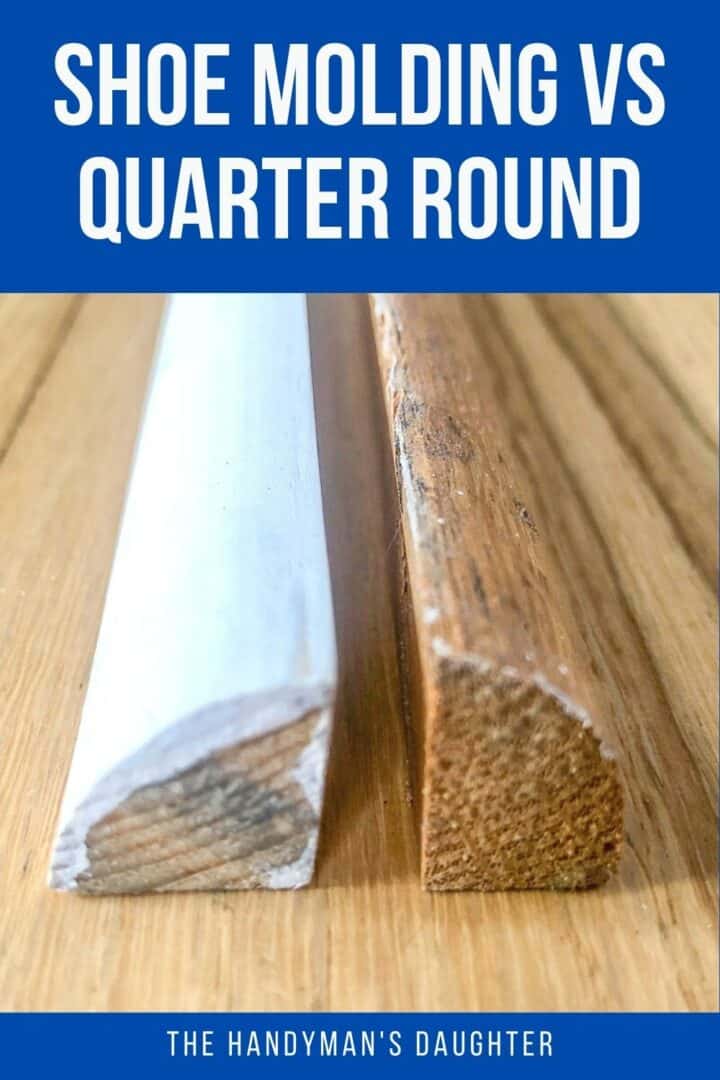
Shoe Molding vs Quarter Round The Handyman's Daughter
Consideration #1: The scale of your house -The most typical dimensions of quarter round are ¾" x ¾" while the most common size of shoe molding is ½" x ¾". Suppose you lived in a gigantic palace and your hallways could accommodate your car driving through them with room to spare.
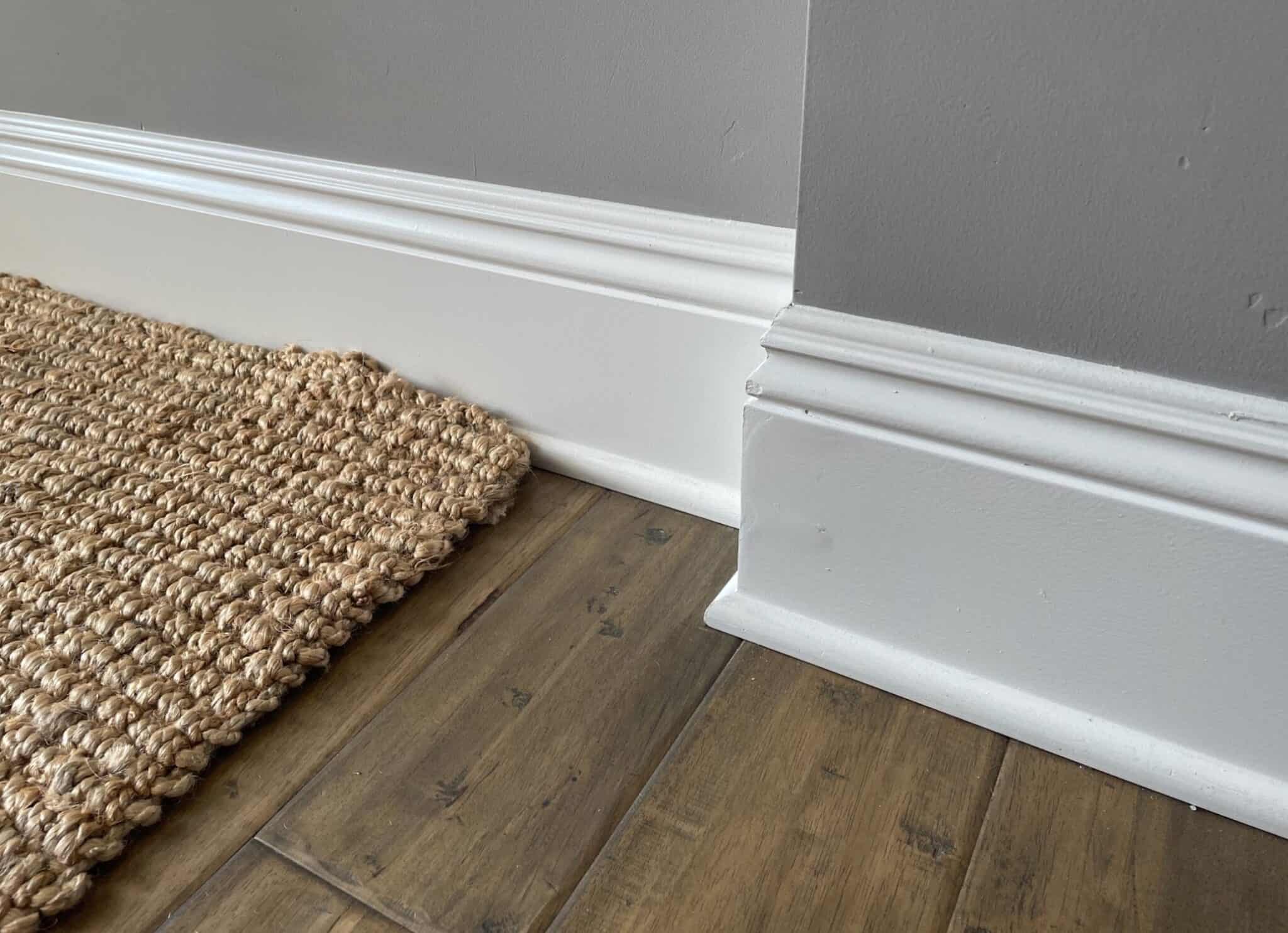
Shoe Molding vs. Quarter Round What Are The Differences?
What is Quarter Round Used For? Quarter round often serves the same purpose that shoe molding does - to cover gaps between the floor and trim of your home. Quarter round is also available in a variety of different colors, materials, and lengths. However, quarter round always has the same symmetrical features as a quarter-circle.

Shoe Molding VS Quarter Round 7 Things to Know Rhythm of the Home
The main differences between Shoe Molding vs Quarter Round are: Shoe molding has a less-pronounced curve, whereas quarter round molding features a more prominent curve; Shoe molding features a more squat profile, whereas quarter round molding displays a perfect quarter radius;
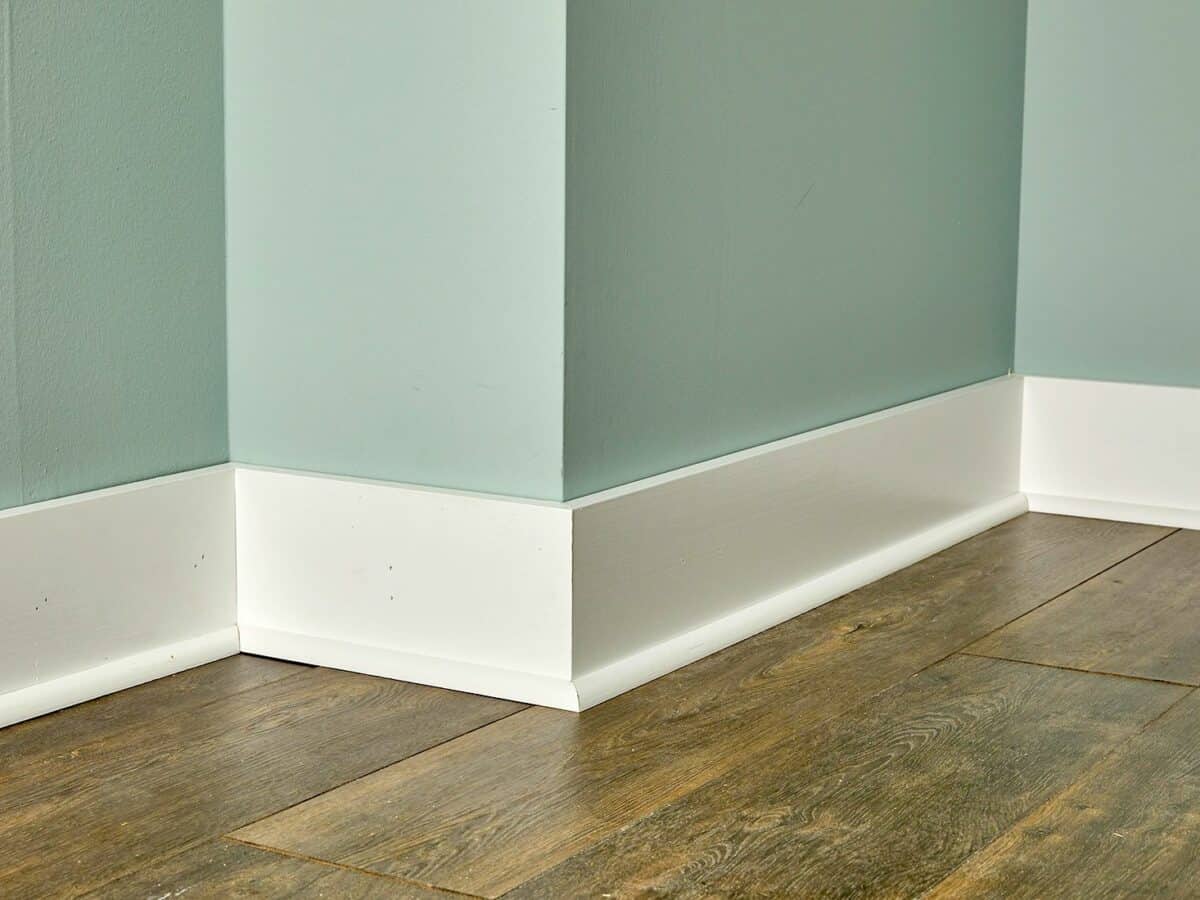
Shoe Molding vs. Quarter Round What Are The Differences?
Shoe molding is much the same as quarter round, having the same 90° angle on the backside but instead of being a perfect quarter radius, its profile is a bit more squat. The main use for shoe molding is to run along the intersection of the baseboard and floor.
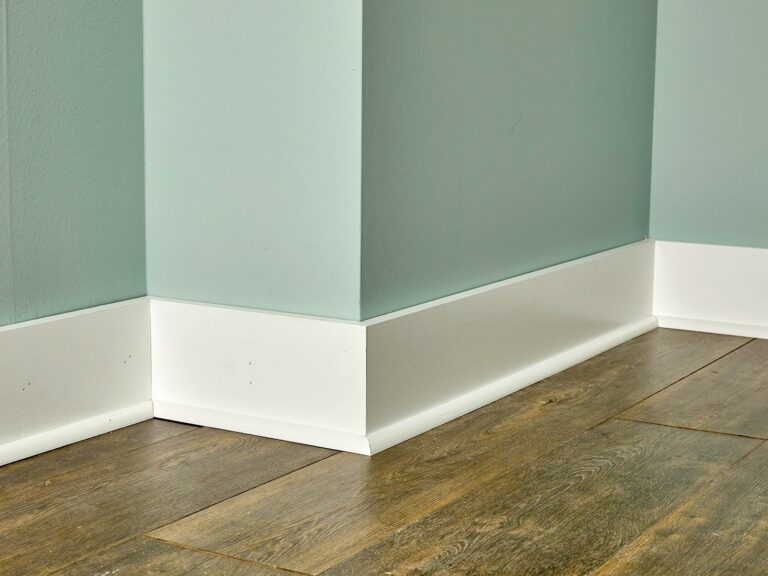
Shoe Molding vs. Quarter Round What Are The Differences?
What Are The Differences Between Shoe Molding and Quarter Round? Shoe molding and quarter round are two types of moldings that serve as finishing touches to cover gaps between your walls, baseboards, and floors. These small gaps may seem insignificant, but they can make a big difference in the overall look of a room.
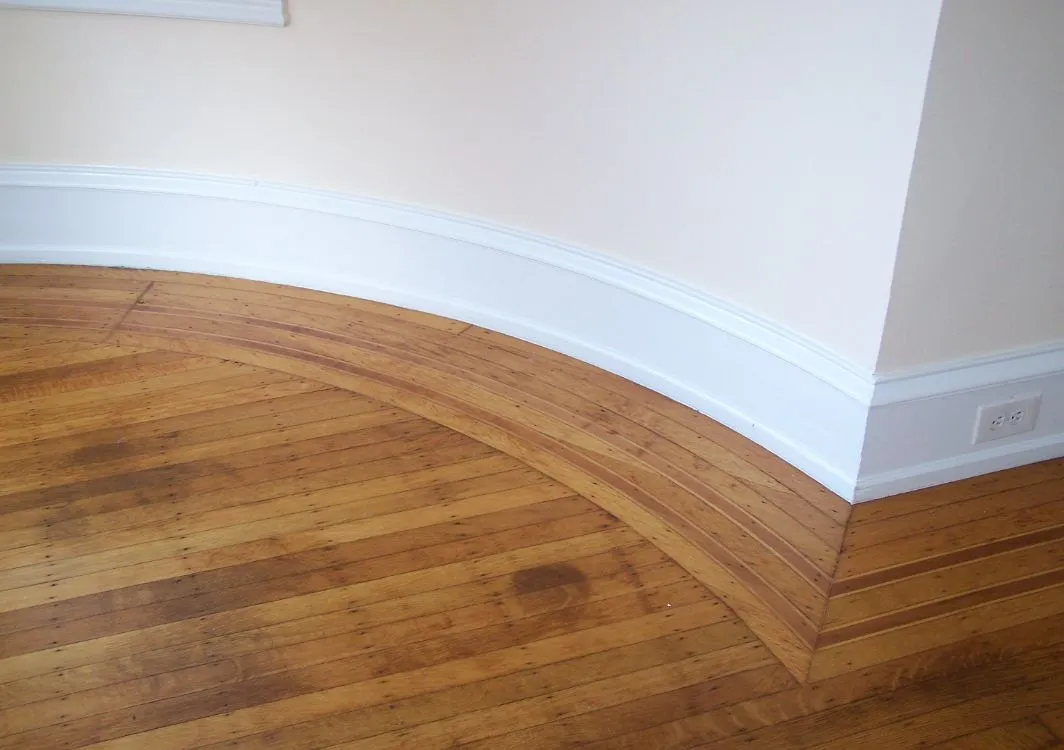
The Difference Between QuarterRound Molding and Shoe Molding And How
Here are some of the main differences and similarities between these two types of trim: 1)- Size: Shoe molding is typically thinner and taller than quarter round, while quarter round is shorter and wider. 2)- Style: Shoe molding is a more modern and streamlined option, while quarter round has a more traditional and decorative look.
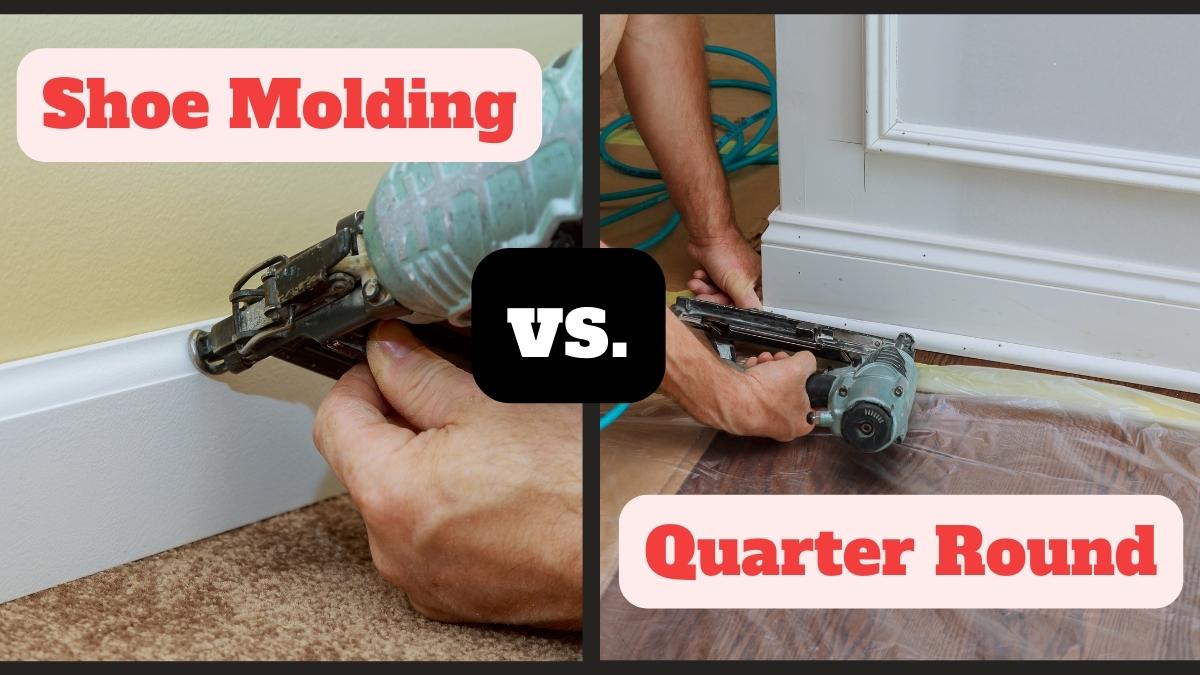
Shoe Molding vs. Quarter Round What’s the Difference?
Shoe Moulding vs. Quarter Round: What's the Difference? Sabrina Scrivo Shoe moulding and quarter round are almost identical moulding styles, and utilizing them can elevate the look and design of any home. Many people believe these two moulding styles are interchangeable.
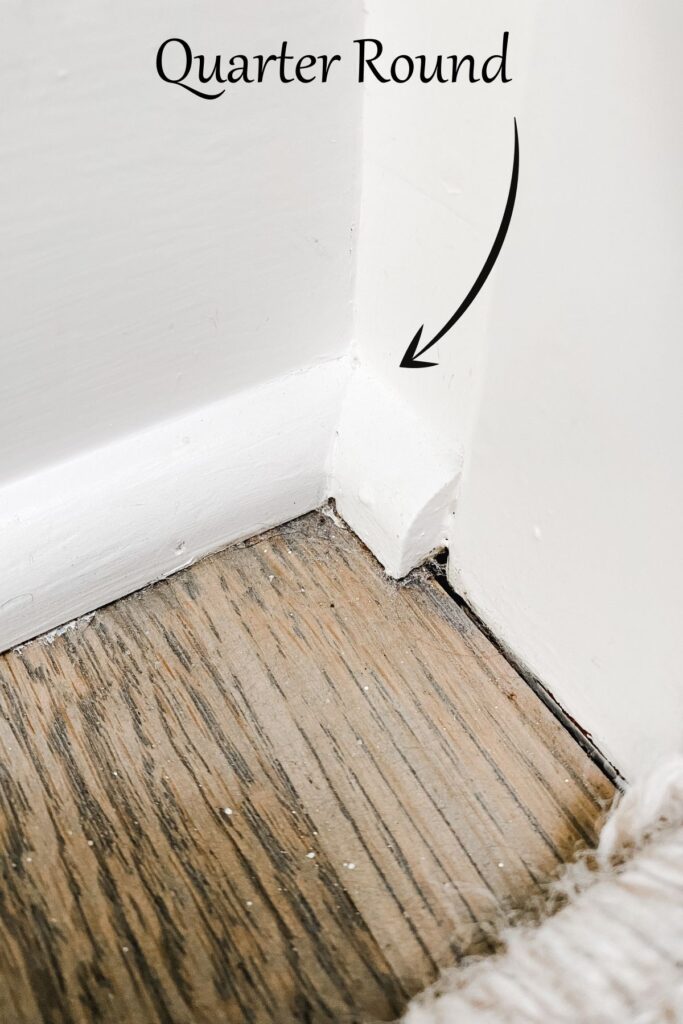
Shoe Molding vs. Quarter Round At Lane and High
1. What are the advantages of installing molding? 2. What can shoe molding be used for? 3. What are the standard sizes of quarter-round and shoe molds? What Is A Quarter-Round Mold? Quarter-round molds are used to produce a prominent curve along fixed surfaces.
:max_bytes(150000):strip_icc()/cope-inside-corner-trim-65dd7780-43e591068d98455a9c4c1ac4c38fc0da.jpg)
How to Install Shoe Molding for the Perfect Finishing Touch
Quarter round molding features a quarter-circle shape, while shoe molding has a narrower profile. The primary differences are their thickness and size, and can be used interchangeably depending on the look of your current baseboard trim and floors.

How to Install Quarter Round Moulding (shoe moulding)
What Is Quarter Round? As its name suggests, quarter round is simply shaped like a quarter of a circle - a perfectly curved edge. This sleek curve looks professional and as a quarter round comes in many different sizes, its versatility is also unmatched. Besides a design difference, a quarter round is also slightly larger than a shoe molding.
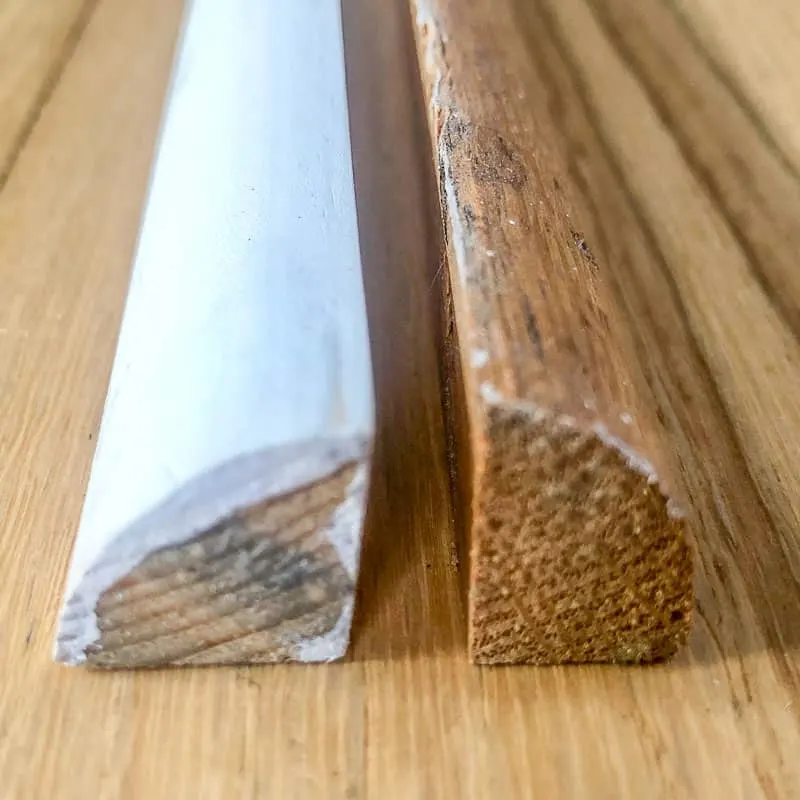
Shoe Molding vs Quarter Round The Handyman's Daughter
Quarter round moldings are more or less similar to their shoe-type counterparts, the key distinguishing feature being their shape. They are identical from the backside, having a ninety-degree base but have a perfect radius for the curvature. The quarter round trims are three-fourth sections of a circular dowel.